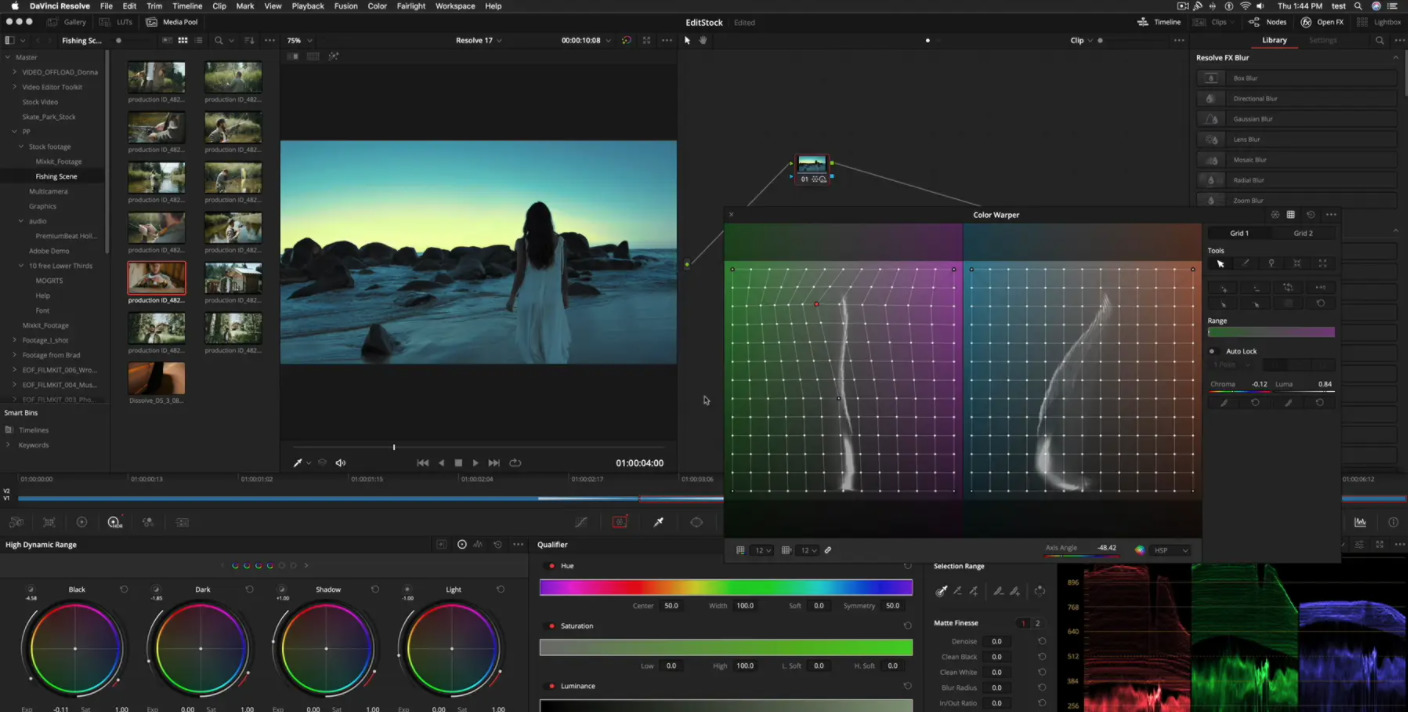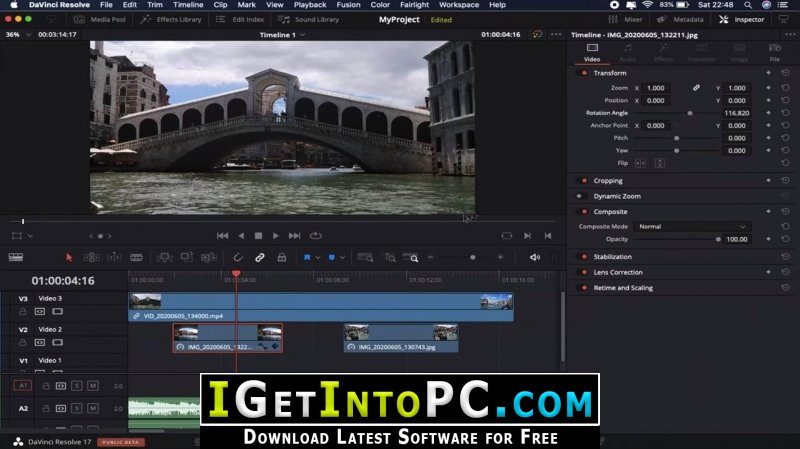
- HOW TO USE DAVINCI RESOLVE 17 PRO
- HOW TO USE DAVINCI RESOLVE 17 SOFTWARE
- HOW TO USE DAVINCI RESOLVE 17 FREE
This is useful in you need effects added to certain clips on your timeline.
HOW TO USE DAVINCI RESOLVE 17 PRO
Resolve and Premiere Pro have the option of exporting individual clips. And even he's migrated completely from Premiere Pro and now is launching a course on DaVinci Resolve. If you've ever watched some tutorials on YouTube, you might've heard the name or watched Sam Kolder's videos. I must, however, say that the training page on Black Magic Design's website has a complete set of tutorials based on each of the workflows, from editing to color-grading. However, Apple Motion and DaVinci Resolve’s Fusion panel can offer great graphic generation options but the community support, meaning the amount of education available on YouTube, is limited, whereas the amount of tutorials you can find for Premiere Pro and After Effects is in a state of abundance. If you’re planning on adding custom graphics to your videos, Premiere Pro and After Effects is the route you should follow. This is, of course, only if you’re versed in the application. If you consider the abilities of Premiere Pro when you can add in the power of After Effects with dynamic links, it outweighs the others. Basic grades, but also masking certain parts of the frame you want to grade differently, tracking them, and creating a look is far better in DaVinci Resolve than in Premiere Pro or Final Cut. DaVinci Resolve just has so much more to offer.
HOW TO USE DAVINCI RESOLVE 17 SOFTWARE
In this way, it’s quite ironic that Apple, the founder of ProRes, has a piece of professional software that’s quite limiting in that regard. If you’re shooting ProRes or raw footage, it’s only as good as the color you can get out of it. It’s what the industry uses to grade big films. ColorĪlthough you have great third-party plugins for Final Cut and Premiere Pro, DaVinci Resolve is the professional staple when color is concerned. What you do with it is add video, audio, text, and effects. You have a timeline, and that’s the focus. The only place where the media and effects come together is during the editing panel, which makes sense. DaVinci Resolve has dedicated panels for media, cutting, editing, color, and effects. Premiere Pro still makes it possible to do color changes while in the editing page, which essentially could deem it useless to switch between. In my opinion, DaVinci Resolve’s panels are the best for getting started and finishing a project. Premiere Pro and DaVinci Resolve have panels for each part of the video production workflow. It’s not needed all the time, but is useful when going through rushes or putting the rough cut together. In my opinion, the way DaVinci Resolve uses it is justified.
HOW TO USE DAVINCI RESOLVE 17 FREE
DaVinci Resolve does have a magnetic timeline when cutting clips in the Cut panel and then goes into a free timeline in the Edit panel. It’s most likely the way Apple likes to have control of how you work with the application and footage, whereas Premiere Pro and DaVinci Resolve is much more open to your interpretation.įinal Cut’s magnetic timeline is quite troublesome for some, but also the main reason many use the application. You can change it, but the other two import media and keep it in its location by default. The application wants to import all the footage into the library by default, which essentially creates a duplicate of the footage. But, if you don’t make the needed changes before you start editing, your hard drive will fill up quickly. I would say that Final Cut doesn’t intimidate you as much as Premiere Pro or DaVinci Resolve does when opening it up for the first time. It’s quite impressive to think Final Cut is an Apple-produced piece of software, and DaVinci does this by itself. It’s done in the background if you didn’t uncheck the box during import.ĭaVinci Resolve also has this feature, and it is on par with Final Cut here. Proxies need to be generated, but once that’s done, it’s easy to flip between the raw footage and proxy footage in the timeline.įinal Cut does this almost automatically. Premiere Pro requires the most work before you can actually move around the timeline with ease. But, what differs is the speed at which it does this and if your computer can handle what you’ve given it to process.

Media is imported, and it’s not hard to get started scrubbing through and moving clips into the position you want. Ease of Use SpeedĮach one of these has a timeline which you edit with. I also consider what each one of these brands stand for, from my personal perspective.

Cost is also a factor, so it’s worth knowing what you’ll pay for in the long run, let’s say, for the next 10 years.


 0 kommentar(er)
0 kommentar(er)
